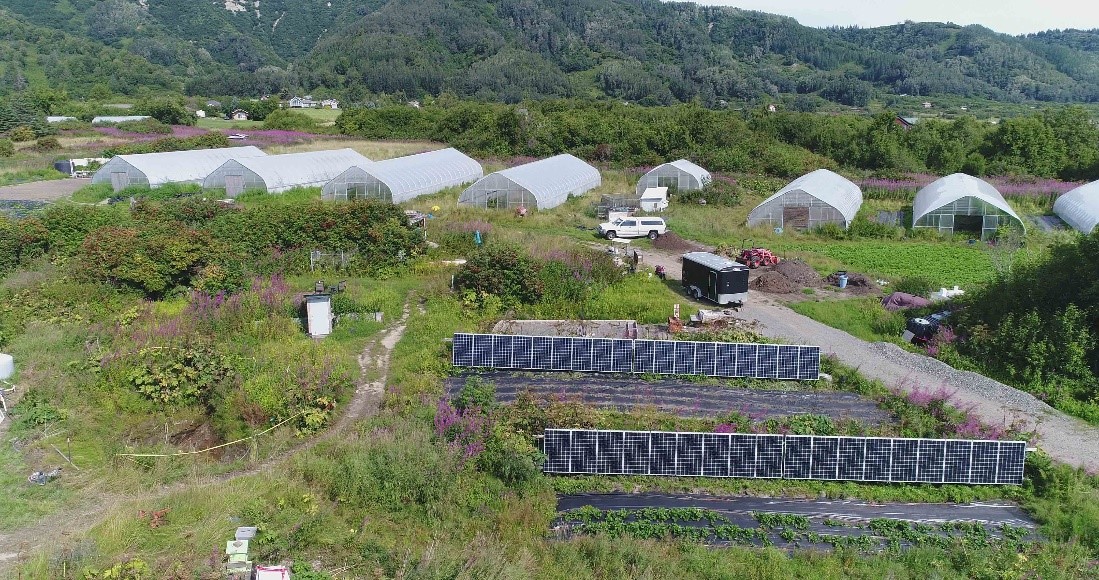Homer Leads Residential Solar Power Installation, Increases Cap

Renewable energy in the seaside town of Homer, Alaska, growing. Bradley Lake Hydroelectric is the largest of the seven hydro projects in the state, producing up to 120 megawatts of electricity for the Railbelt. In addition to hydro, Homer has seen an increase in the installation of residential solar panels.
According to the Homer Electric Association’s website, as of July 2019, there are 144 residential solar and 33 residential wind installations on in the Homer Electric service area, totaling over 277,000 kilowatt hours of generated power.
“That’s a dramatic increase over just a few years ago when there were just a handful of installations,” said Scott Waterman.
Waterman, recently retired from Alaska Housing Finance Corp., has 25 kW of installed solar at his home. Most installers are from the Anchorage area. While there are no local installers, there are around 30-40 new installations on the Kenai Peninsula, with the majority in the Homer area.
With electricity rates at 23 cents per kilowatt hour, there is incentive to install solar.
“People are looking at ways to lower their electric costs; there’s a five- to eight-year payback on solar,” said Waterman. “And Alaskans are also an independent lot, and generating their own power is a way to maintain that independence.”
Grid-tied (using the grid as a battery back-up), islanded (not connected to the grid) and hybrid installations exist in Homer. Islanded and hybrid systems have the advantage of battery backup in the event of a widespread power outage.
Homer Electric has a net metering program whereby homes with residential solar installations that are connected to the grid have the benefit of canceling out the cost of energy purchased from the utility with their generation. If a home generates 500 kW of electricity with its solar installations and uses only 400 kW, it has a net of 100 kW it can sell to the power utility. This sale is at an avoided cost rate of 7.5-8 cents per kWh.
Waterman has a 7.5-kW system on his family home that covers around 80% of the electric use over the year. He recommends conducting energy efficiency upgrades first, and then installing enough solar to cover your needs for most of the year, and sell a little bit back at 1/3 of the retail price.
The Regulatory Commission of Alaska approved net metering in 2010, allowing utilities to voluntarily approve up to 1.5% of their retail sales to be generated by renewable power sources.
“That translates to a limit,” says Waterman. “Homer Electric Association was the first
utility to be
approaching its limit, and, at a HEA 2019 spring board meeting, the limit was increased
to 3% to continue
to allow households to add in solar power. ”
This new limit was submitted to the RCA in May 2019 and approved the following month.
The issue with allowing too much renewables onto the grid is that the utility may not be able to cover their costs of their traditional energy generation and it can create an overcapacity of electricity without enough customers to sell it to.
This report came from ACEP’s Amanda Byrd, who was recently in Homer filming for a documentary on food security and Alaska agriculture for AgriLogic Consulting. She visited local growers and solar-powered homes in the area and conducted interviews on food production and food and energy security.
An organic farm in Homer uses solar power to assist with energy used by home and farm equipment. Photo by Amanda Byrd.


